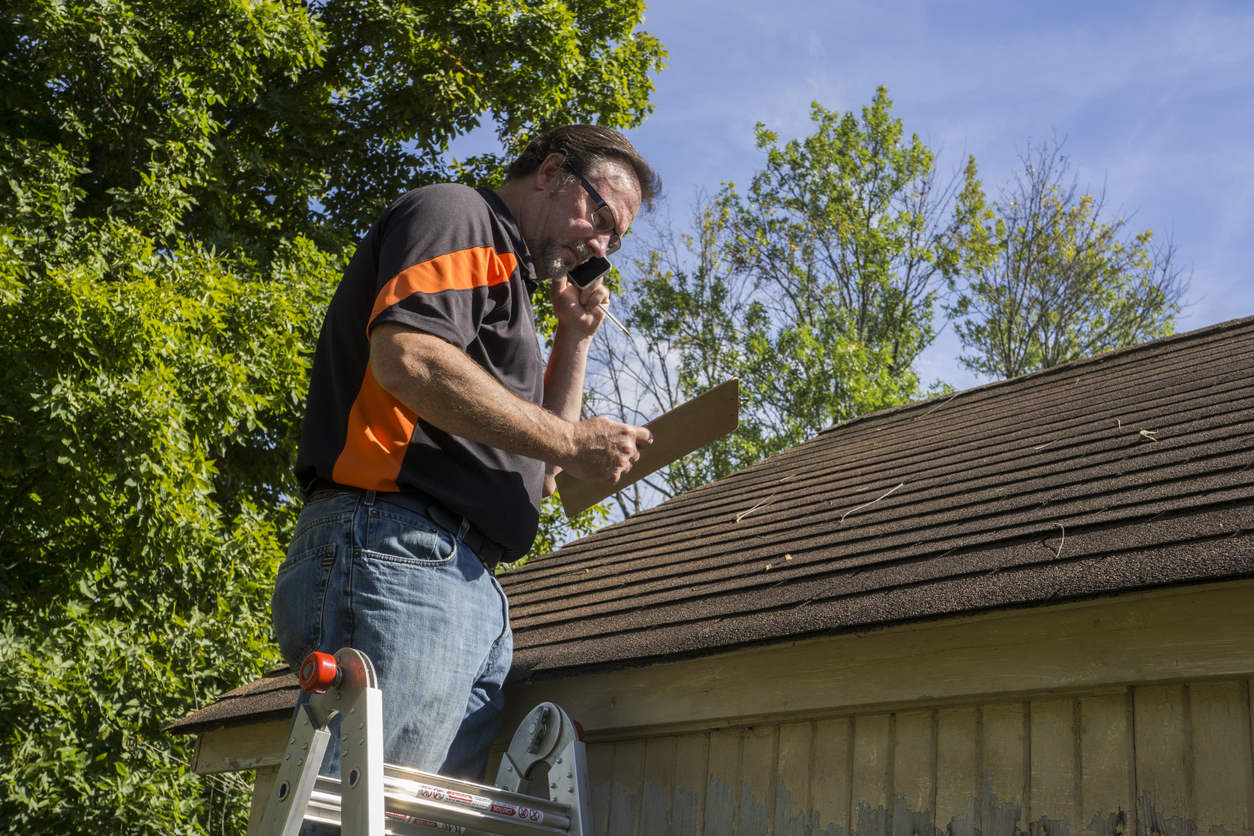On August 27, 2020, one month ago, Hurricane Laura made landfall causing catastrophic damage in Southwest Louisiana and beyond. For those who remained or were able to return quickly, it must seem a lot longer. Many of those may have been able to notify their insurers of their loss as soon as communications were restored. And, soon the damage estimates based upon the insurer’s investigation of their losses will begin to trickle in.
Many insureds have replacement cost coverage in their policies. Replacement cost is defined in most policies as the cost to repair or replace property with comparable materials or materials of like kind and quality. The policies do not define “comparable” or “like kind and quality.” The industry standard is replacement of damaged building materials in existence at the time of loss with the same material, if available.
However, most people outside the insurance industry do not know that replacement cost is generally not paid until after actual replacement of the damaged property. And further, that an insurer is only obligated to make an actual cash value payment prior to actual replacement of damaged property based upon a jurisdictional method to determine the actual cash value of the property at the time of the loss.
Under Louisiana law, the method to determine actual cash value is replacement or reproduction cost minus depreciation.1 Actual cash value is a principle of indemnification, i.e., to return the policyholder to the condition prior to the loss, no better or worse. However, replacement cost policies go beyond the principle not only to put a policyholder in a better position, new for old, but also to allow for recovery of additional costs incurred to comply with local building codes and ordinances.
In Nguyen v. St. Paul Travelers Insurance Company,2 the court for the Eastern District of Louisiana agreed with the insured that actual cash value is equal to replacement cost value less depreciation, and replacement cost value must account for the impact of Hurricanes Katrina and Rita on the costs of supplies and labor, including overhead and profit costs.
The method used to calculate depreciation can impact the initial payment by the insurer. Depreciation may be determined using a percentage deduction for physical deterioration, based upon use, wear or age, taken from replacement cost. Policyholders will receive coverage letters and estimates from their insurer and after application of the deductible and depreciation may find they are extremely short in recovery funds and far from being made whole. Understanding the proper methods for calculating replacement cost and depreciation are important for maximizing the benefits of replacement cost policies and for determining the correct amount of recoverable depreciation payable upon replacement of damaged property. If you have questions regarding these calculations or other policy terms, we are happy to assist you. Our prayers continue for a speedy recovery. Blessings to all.
______________________________
1 See, Hackman v. EMC Ins. Co., 984 So. 2d 139, 143 (La. Ct. App. 2008).
2 Nguyen v. St. Paul Travelers Ins. Co., No. CIV.A. 06-4130, 2007 WL 3275133 (E.D. La. Nov. 5, 2007).




